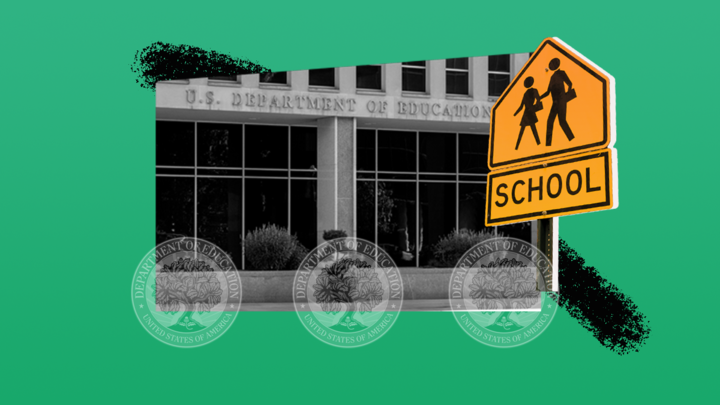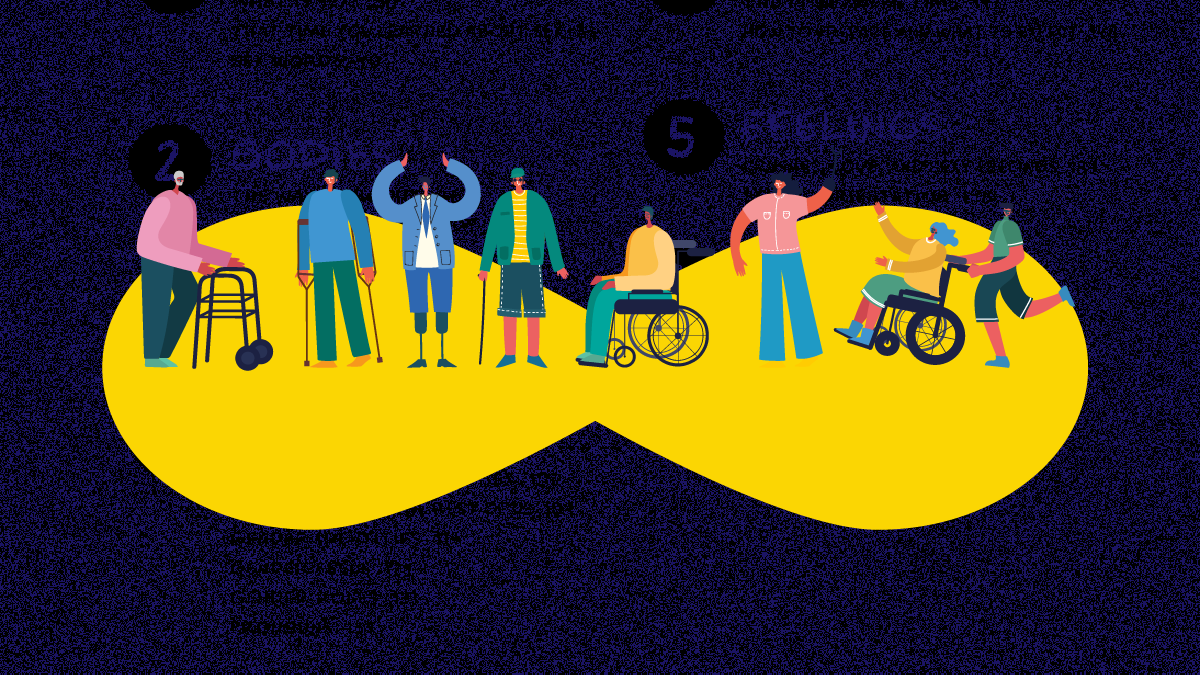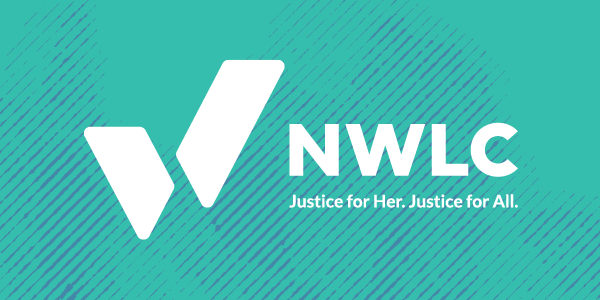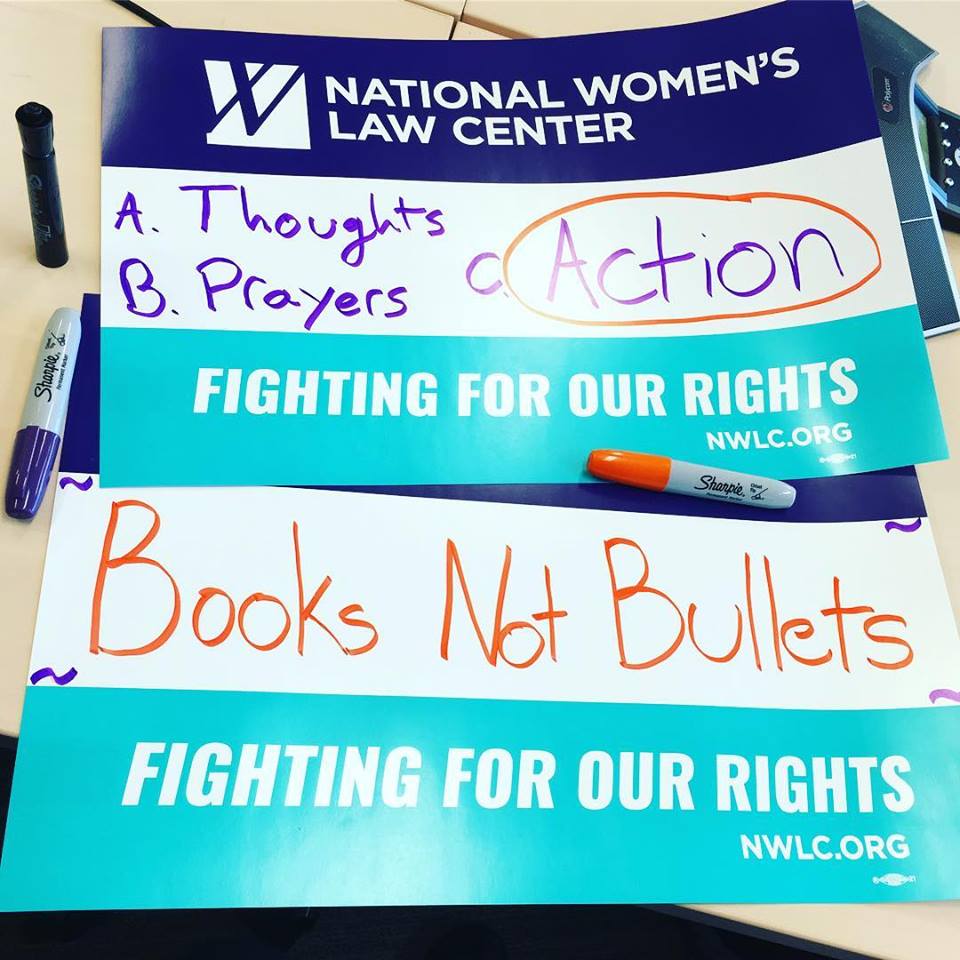Abortion rights, women of color, and LGBTQIA+ people are under attack. Pledge to join us in fighting for gender justice.
Student Debt and Shrinking Options: A Crisis for Women’s Financial Futures

As a law student, I know how intimidating the cost of higher education can be. Calculating my loan burden impacted every level of my decision-making, from where I went to law school to what job I’ll pursue post-grad. Ultimately, federal loans gave me the choice to pursue my degree at my dream school because they open the door to higher education for students who can’t afford the hefty (and rising…but that’s an issue for another time) price tag for higher education. More than private loans, they better ensure that borrowers won’t be in debt forever due to lower interest rates, public interest forgiveness—which forgives your loans after you work in a job for the public good for a certain number of years—and income-driven repayment programs, even for people not pursuing public interest. Unfortunately, thanks to the “One Big Beautiful Bill” — which is really the Big Ugly Law — it is about to be more difficult for people to access federal student loan assistance. This will especially impact women’s and low-income people’s ability to access higher education and pay off their debt.
Student loan debt is a women’s wealth issue. It disproportionately impacts women, who are more likely to pursue higher education, take out more in student loans, and make less money afterwards. Women hold two-thirds of the country’s student debt—a whopping $929 billion—and are more likely to owe money after 12 years compared to men. These existing income disparities are compounded by child care costs, which often fall on women directly (costing $13,128 per year on average) or indirectly when they have to work fewer hours to care for their kids. Student loans are especially burdensome for Black women. They’re in a double bind: they have less generational wealth than others – holding just 8 cents in wealth for every one dollar that white men hold. That means they have to borrow more money to go to school (Black women borrow the most money, on average) and because of the wage gap for Black women (who are paid just 64 cents for every dollar paid to white, non-Hispanic men), it’ll take them even longer to pay those loans back.
Trump and his conservative allies in Congress rushed the “One Big Beautiful Bill” into law on July 4th, drastically cutting critical supports and programs that help women and families secure the basics and access opportunity, including student loan assistance, to fund tax cuts for the President’s billionaire buddies. This is also part of the Trump administration’s all-out attack on the public education system and on women. Cutting education access by cutting access to student loans is just another way the Trump administration is trying to undermine women’s economic security and ability to build wealth.
How and When Borrowing Will Change
Note: The changes to GRAD Plus loans and unemployment deferments will not impact current borrowers.
- The Biden-era SAVE plan, as well as the PAYE and ICR income-driven repayment programs, which allowed folks to pay back their loans at affordable rates based on their income, will end by July 1, 2028, and the more expensive Repayment Assistance Plan (“RAP”) will be available starting July 1, 2026. Women are paid 83 cents for every dollar paid to men, and are more likely to have caregiving responsibilities, so it is especially important for women to have having numerous repayment options that can fit with our varying incomes. Additionally, instead of cancelling debt after 10-25 years of payment, RAP only provides cancellation after 30 years of payment, undermining borrowers’ ability to escape debt and build wealth.
- The GRAD Plus program will end on July 1, 2026. But, this change includes a legacy provision, meaning that it will not affect people who started taking GRAD Plus loans prior to the 2026-2027 school year. Currently, the GRAD Plus program allows graduate and professional students to borrow up to the cost of attendance, including local cost of living. At my law school, it’s a small yearly sum of $118,980! Under the new policy, graduate students can only borrow up to $20,500 per year and $100,000 in total. Professional students can borrow up to $50,000 per year, up to $200,000 in total. If I did not have access to GRAD Plus loans, I may not have attended my law school, nor would many of my friends.
- The Big Ugly Law eliminates economic hardship and unemployment deferments for borrowers with loans disbursed after July 1, 2027. This means that even as the law potentially wrecks the economy—slowing growth and leaving only a skeleton of a social safety net—unemployed people still can’t pause their student loan payments.
Why These Changes Matter
These changes to borrowing will inevitably harm women the most because student debt disproportionately falls on women, especially Black women. We know that education is one of the strongest predictors of wealth generation, and studies show that 40% of jobs will require a bachelor’s or master’s degree by 2027. But investment in women’s education benefits everyone by stimulating the economy, for example, financial aid for single mothers, returns $5.05 in societal benefits for every $1 spent. So when Charlie Kirk, founder of Turning Point USA, rambles on about how women are occupying “pink collar jobs” instead of being mothers, remember that rhetoric is aimed at stripping women of their autonomy, not growing the economy.
Despite the expense of law school, I feel incredibly lucky to be able to pursue my Juris Doctor with access to loans that I can pay back in this lifetime. Instead of making student loans more burdensome, we should support programs like Pell Grants and debt forgiveness that will increase wealth-building opportunities for women and people of color.




